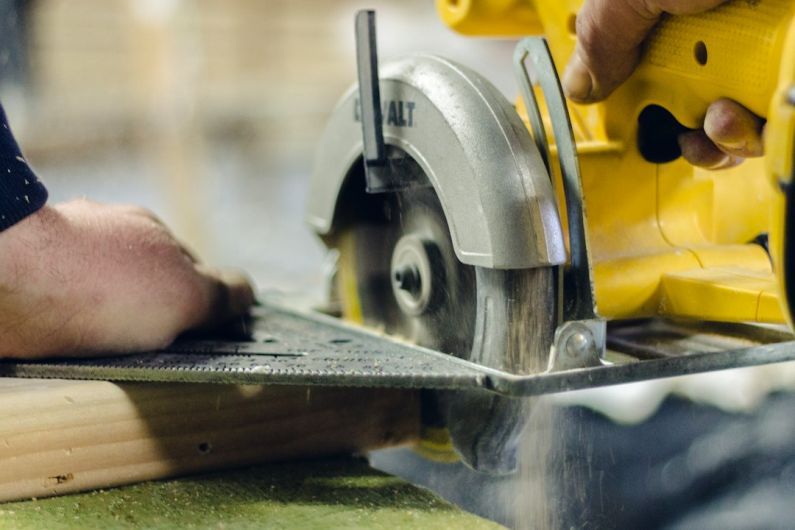How to Choose the Right Wood for Your Woodworking Project?
Woodworking is a craft that requires careful consideration of materials. Choosing the right wood for your project is crucial to ensure its success and longevity. With so many options available, it can be overwhelming to know which wood is best suited for your specific needs. In this article, we will guide you through the process of selecting the right wood for your woodworking project.
Understanding Wood Types
Before diving into the selection process, it is important to have a basic understanding of different wood types. Wood can be classified into two main categories: hardwood and softwood. Hardwood comes from deciduous trees, such as oak, maple, and cherry, and is known for its durability and strength. Softwood, on the other hand, is derived from coniferous trees, such as pine and cedar, and is generally less dense and more affordable.
Consider Project Requirements
The first step in choosing the right wood is to consider the requirements of your project. Ask yourself questions such as:
– Will the project be subjected to moisture or outdoor elements?
– Does it need to support heavy weight?
– Does it require intricate carving or shaping?
By answering these questions, you can narrow down your options and select a wood that meets the specific needs of your project.
Durability and Strength
Durability and strength are key factors to consider when choosing wood for your project. If your project will be exposed to moisture or outdoor elements, it is important to select a wood that is naturally resistant to decay and rot, such as teak or cedar. On the other hand, if your project requires strength, hardwoods like oak or maple are excellent choices.
Appearance and Grain Pattern
The appearance and grain pattern of the wood can greatly enhance the overall aesthetic of your project. Each wood species has its own unique look and characteristics. Some woods, such as mahogany and walnut, have a rich, dark color and a fine grain pattern that adds a touch of elegance to any piece. Others, like pine or ash, have a lighter color and a more pronounced grain pattern, which can create a rustic or contemporary look. Consider the desired look and feel of your project and choose a wood species that complements your vision.
Budget Considerations
Budget is often a deciding factor when choosing wood for a project. Hardwoods tend to be more expensive than softwoods due to their scarcity and superior qualities. If budget is a concern, softwoods like pine or fir offer an affordable option without compromising on quality. They are readily available and easy to work with, making them a popular choice for beginners.
Environmental Considerations
In today’s world, it is important to consider the environmental impact of your choices. Some wood species are endangered or harvested unsustainably, contributing to deforestation. Choosing wood that is certified by organizations like the Forest Stewardship Council (FSC) ensures that it has been responsibly sourced. Look for the FSC logo when purchasing wood to support sustainable practices.
Conclusion: Choose Wisely
Choosing the right wood for your woodworking project is essential to its success. By understanding the different wood types, considering project requirements, evaluating durability and strength, appreciating appearance and grain pattern, taking budget and environmental considerations into account, you can make an informed decision. Remember, each project is unique, and the right wood will depend on your specific needs and preferences. So take your time, do your research, and choose wisely. Happy woodworking!






